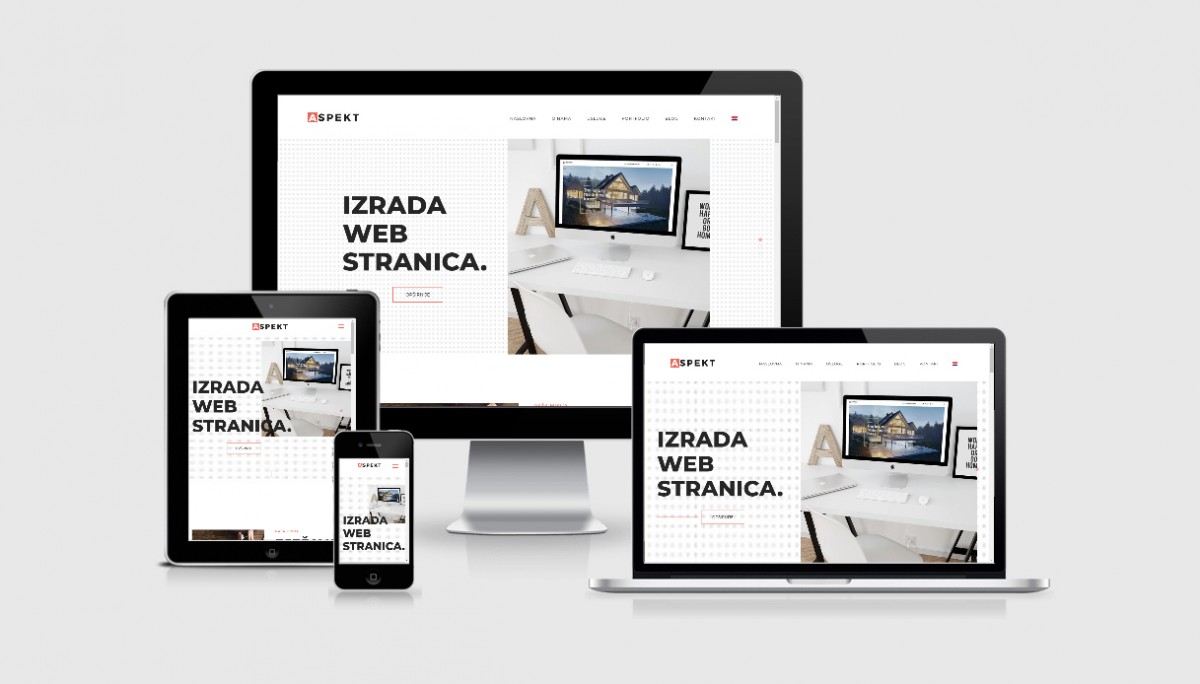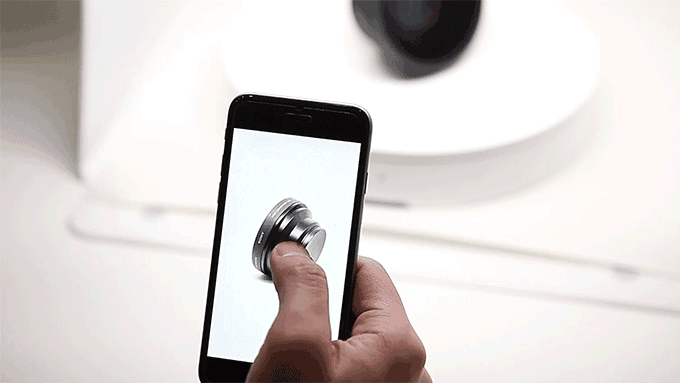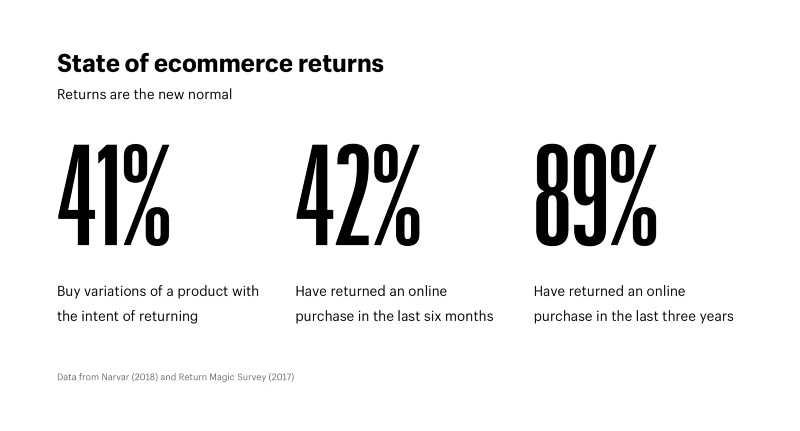What best suits you?
Stills or 360° Spins

STILL vs 360° PRODUCT PHOTOGRAPHY
Still images and video are flat and passive. The viewer remains an outside observer. But the
real strength of the internet is interactivity. Still and video can't leverage that.
Still images say, "Look at this (and only this)."
No doubt, a photograph can be very powerful in print or on the web. It can make a bold statement,
set a mood or illustrate a point. But the crop is the essence of the still image, dictating
what the viewer can see and eliminating everything else.
Video says, "Look at this (and this and this and this and…)."
Video is particularly good at telling a story, demonstrating an activity or rapidly changing
between scenes and views. But, like the still image, video dictates what the viewer will
see, cropping out anything that distracts from the message.
360° Product images say, "Experience this."
While stills and videos control the viewer experience, 360° Product gives control to the
viewer. It's active, not passive, so it engages viewers on a totally unique level. What's
more, instead of cropping or limiting the view, 360° Product allows the viewer to look at
everything in all directions. It virtually places the viewer into a location. So, it carries
an extra degree of credibility. The viewer can see what a place or your product is really
like. Therefore, any time you're selling an experience, especially involving a multi dimensional
product, place or space, 360° Product should be an important part of your marketing toolbox.
WHAT IS RIGHT FOR YOU? STILL or 360° SPINS
360° Product has a significant effect on Search Engine Ranking. Video has almost none if it is hosted on YourTube or Vimeo.
The SEO benefit goes to those services, not your website. If video is self hosted or on some
third party paid services it can provide a similar SEO advantage as 360° Product, but using
dramatically more bandwidth. For instance, the entire Taliesin tour in full HD uses under
30MB of bandwidth. The exact same content provided as HD video could use over 2GB, roughly
70 times the bandwidth.
You see, every day more and more consumers come to rely on the web. They may be enticed by
print, TV or radio ads, but they are increasingly turning to the Internet for the information
they need to make actual spending decisions. Savvy businesses leverage this trend to their
advantage. The web’s most powerful feature is interactivity, and the 360° Product image is,
by its very nature, a highly interactive medium. In fact, when we add special features, it
can become even more interactive. That means 360° Product can be an extremely powerful selling
tool for any application that involves place, space, context or experience.
- SOME FACTS:
- You must have product images to be successful in eCommerce.
- High-resolution still images are excellent for showing specific views of your products.
- Multiple image views (i.e. top, bottom, left, right, front, back, and close-up) help consumers understand your products better.
- 360 product images make all angles of your products visible to your consumer and are great for consumer engagement.
- 360-degree product photos combined with high-resolution still images provide your consumers an overall (the 360) and a detailed (the still images) view of your product.
- 3D product images provide consumers with the best overall view of your products from every angle possible.
- Combine 3D images with still images and this is the best combination possible.


360º IMAGE FRAMES
Before you engage an outsourced service provider or set up your own in-house studio, you should
decide how many image frames you want in your 360-degree product photos. There are several
things to consider before making this decision.
How smooth do you want your 360 product images to be?
The more image frames in your 360s, the smoother they appear when rotating in the viewer.
A 72-image frame 360 is smoother than a 24-frame 360.
When you drop below 24 frames, the rotation begins to appear choppy. This is not good when
it comes to attracting and engaging consumers. If your products are expensive and a perfectly
smooth rotation is important, then having more frames in your 360 is the way to go.
The 360 images show the difference between a 24-frame and a 72-frame 360. The second 360
has 72 frames and shows a smoother rotation.